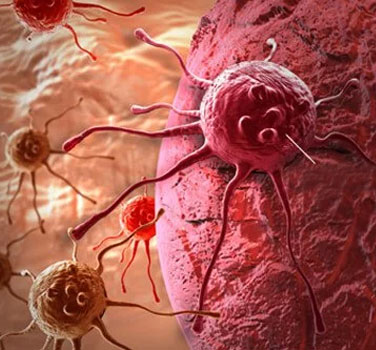Different symptoms and treatments
And yet, more than 100,000 women will be diagnosed with gynecologic cancers in 2017, according to the American Cancer Society. Endometrial cancer is the most common cancer of the female reproductive system, but many women are not familiar with the risk factors or symptoms of the disease. Here’s one fact that leads to confusion, for example: Because the endometrium is part of the uterus, it’s sometimes referred to as endometrial cancer and often called uterine cancer. Endometrial and uterine cancer are the same disease. But uterine sarcoma is an entirely different entity that has very different symptoms and treatments from uterine cancer.
When cancer forms in the lining of the uterus, it is referred to as endometrial cancer. “This cancer is what is known as an adenocarcinoma, because it forms in mucus-secreting glands,” says Dr. Justin Chura Chief of Surgery & Director of Gynecologic Oncology at our hospital in Philadelphia. “The majority of cancers of the uterus are endometrial carcinomas.”
Uterine sarcoma, meanwhile, forms in the uterine muscle. “Cancers that form in the muscle, connective tissue or bone are considered sarcomas,” says Dr. Chura. “Sarcomas tend to be rare, so getting a second opinion with an expert is important.”
Risk factors for endometrial cancer and uterine sarcoma differ, too. The main risk factors for uterine sarcoma include:
Radiation therapy to the pelvic area: Cancers that develop from this type of radiation exposure typically occur five to 25 years after treatment.
Race: Uterine sarcomas are about twice as common in African-American women as they are in white or Asian women.
History of retinoblastoma: Women who have had this type of eye cancer have a higher risk of uterine sarcoma.’

